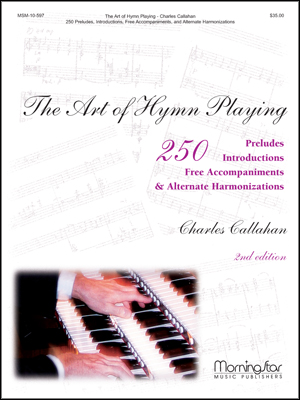- |
User Links
Son of the highest, deign to cast

Son of the highest, deign to cast
Author: Edward CaswallTune: NUN DANKET ALL (Crüger 16512)
Published in 7 hymnals
Printable scores: PDF, MusicXMLAudio files: MIDI
Representative Text
1. Son of the Highest, deign to cast
On us a pitying eye,
Thou who repentant Magdalene
Didst call to joys on high.
2. Thy long lost coin is stored at length
In treasure house divine,
The jewel from pollution cleansed
Doth now the stars outshine.
3. Jesu, the balm of every wound,
The sinner’s only stay,
Grant us, like Magdalene, to weep
In this Thy mercy’s day.
4. Absolve us by Thy gracious Word,
Fulfill us with Thy love,
And guide us through the storms of life
To perfect rest above.
5. All praise, all glory be to Thee,
O everlasting Lord,
Whose mercy doth our souls forgive,
Whose bounty doth reward.
Source: The Cyber Hymnal #6036
Author: Edward Caswall
 Edward Caswall was born in 1814, at Yately, in Hampshire, where his father was a clergyman. In 1832, he went to Brasenose College, Oxford, and in 1836, took a second-class in classics. His humorous work, "The Art of Pluck," was published in 1835; it is still selling at Oxford, having passed through many editions. In 1838, he was ordained Deacon, and in 1839, Priest. He became perpetural Curate of Stratford-sub-Castle in 1840. In 1841, he resigned his incumbency and visited Ireland. In 1847, he joined the Church of Rome. In 1850, he was admitted into the Congregation of the Oratory at Birmingham, where he has since remained. He has published several works in prose and poetry.
--Annotations of the Hymnal, Charles Hutchins, M.A. 1872… Go to person page >
Edward Caswall was born in 1814, at Yately, in Hampshire, where his father was a clergyman. In 1832, he went to Brasenose College, Oxford, and in 1836, took a second-class in classics. His humorous work, "The Art of Pluck," was published in 1835; it is still selling at Oxford, having passed through many editions. In 1838, he was ordained Deacon, and in 1839, Priest. He became perpetural Curate of Stratford-sub-Castle in 1840. In 1841, he resigned his incumbency and visited Ireland. In 1847, he joined the Church of Rome. In 1850, he was admitted into the Congregation of the Oratory at Birmingham, where he has since remained. He has published several works in prose and poetry.
--Annotations of the Hymnal, Charles Hutchins, M.A. 1872… Go to person page >Text Information
| First Line: | Son of the highest, deign to cast |
| Author: | Edward Caswall |
| Copyright: | Public Domain |
Notes
Aeterni Patris Unice. Anon. [St. Mary Magdalene.] This hymn has been ascribed to St. Odo of Cluny; and is found in a manuscript of the 11th century, in the British Museum (Vesp. D. xii. f. 1536) added to the "Lauda Mater ecclesia" (q. v.). Both hymns are apparently in a later handwriting than the first part of the manuscript Daniel, i. No. 348, reprinted the text of Card. Newman, changing the opening word from "Eterne," to Aeterni. Mone, reprinted the text of a manuscript of the 14th century, and added thereto numerous references to manuscripts and various readings; and Daniel, iv. 244, the revised text of the Roman Breviary Summi parentis Unice. The text of the York Breviary is given in Card. Newman's Hymni Ecclesiae, 1838, and the Roman Breviary form in Biggs's Annotated Hymns Ancient & Modern with stanzas ii. 1. 2, "Reconditur aerario," for "Reconditur est aerario," in error. The older text sometimes reads, "Patris Aeterne Unice" . [Rev. W. A. Shoults, B. D.]
Translations in common use:—
1. Son of the Highest, deign to cast. By E. Caswall. Appeared in his Lyra Catholica, 1849, p. 164, and his Hymns and Poems, 1873, p. 89. In 1861 it was given with alterations in Hymns Ancient and Modern, the same text being repeated in the revised edition, 1875. A less altered text is No. St. John's Hymnal, Aberdeen, 1870.
--Excerpts from John Julian, Dictionary of Hymnology (1907)
Tune
NUN DANKET ALL (Crüger 16512)Composed by Johann Crüger (PHH 42) as a setting for Paul Gerhardt's "Nun danket all’ und bringet Ehr," GRÄFENBERG was first published in the 1647 edition of Crüger's Praxis Pietatis Melica. The tune is arbitrarily named after a water-cure spa in Silesia, Austria, which became famous in the 1820…


 My Starred Hymns
My Starred Hymns



